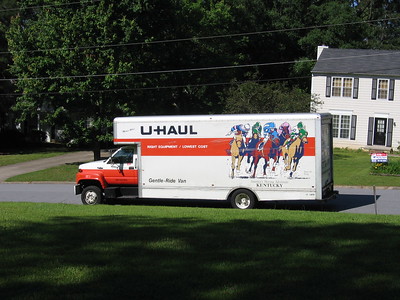It seems like the cost of living is on everyone’s minds these days. I read a piece from Tampa yesterday about people who are moving away because that city has become unaffordable. Coping with unaffordability caught my attention because this phenomenon isn’t just happening in Florida. People from California are moving to Texas to escape California’s high housing costs, while people in Texas are leaving because of the state’s high utility costs and property taxes.
Florida’s big failing is that it has a property tax cap mechanism that resets when a property gets sold – just like Michigan’s homestead property tax exemption. People who move to Florida are shocked and left scrambling when their property tax bill arrives and is much higher than the real estate listing disclosed.
No one would argue that Detroit has a high cost of living – except the people who live there. Utilities, groceries, housing, and the biggest burden of all – car costs (which is ironic for the Motor City) – all make it very difficult for people to get by. No matter where you look, working class families struggle with the cost of living. When it gets to be too much, one of their primary relief valves is leaving.
It’s a sincere warning for places like Washtenaw County, which has its own experiences with people moving away. Since the decennial census in 2020, Ann Arbor’s population has declined by about 5,000 people. Washtenaw County’s population has also declined since the last census, but not by as much. More troubling than these population declines is the population slide in Ypsilanti. The City of Ypsilanti lost nearly 5% of its population in the three years between 2020 and 2023.
Cost of living changes are hardest on people living on the margins
Why is that so troubling? Because Ypsilanti experienced the highest population loss in Washtenaw County. It also has the lowest average household income in Washtenaw County at $41,000. The population loss means that people who were just hanging on in Ypsilanti aren’t here anymore.
Who’s leaving Ann Arbor? If you look at census data over the last 20 years, you will find that Ann Arbor has fewer Black and Hispanic households, and fewer households headed by single females with children. Ann Arbor has become too expensive for those who live closest to the economic margins.
It’s also why WCC needs to do a much better job of delivering high-wage, high demand programs to the residents of Washtenaw County. Nearly four out of 10 households live near or below the poverty line. Failing to address the growing income inequality gap between eastern Washtenaw County and western Washtenaw County will lead all of Washtenaw County to economic ruin.
Photo Credit: David Rosen, via Flickr
















